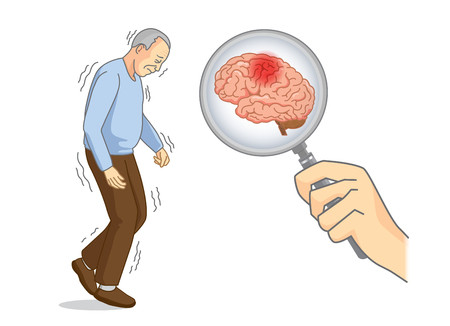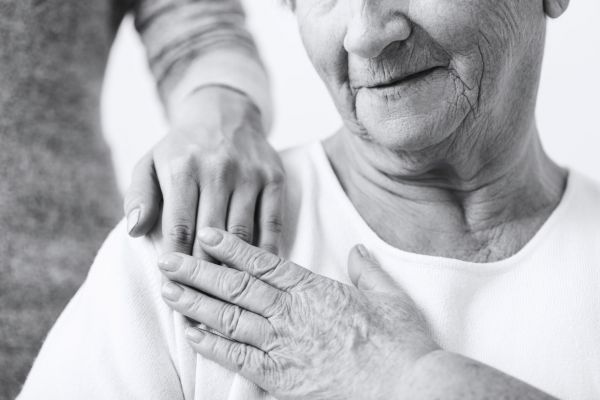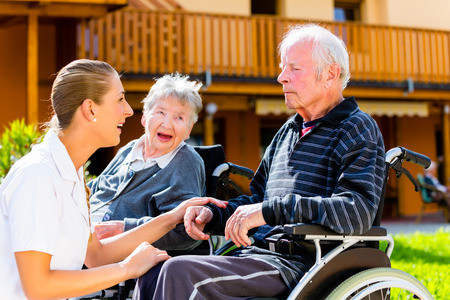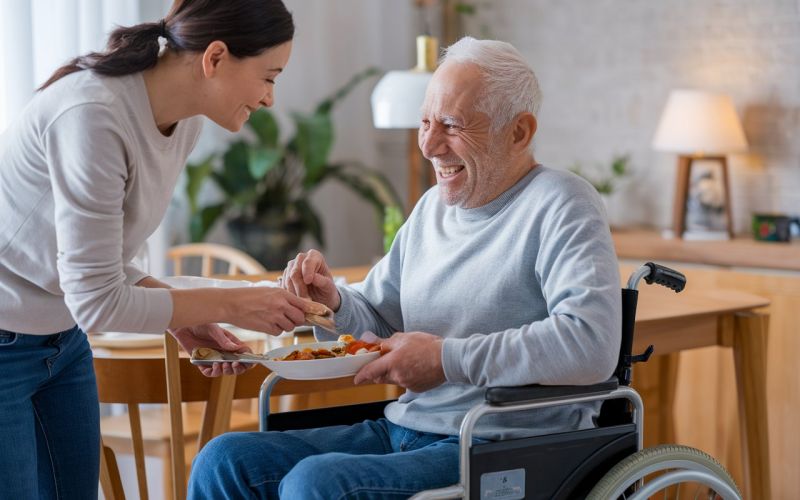Nervous System Disorders Part 2
The iSavta Team | 13.11.2019

Aphasia Expressive aphasia is the difficulty expressing or sending out thoughts. Thinking is clear but there are problems with speaking, spelling, counting, gesturing, or writing. The person thinks one thing but says another. For example, the person thinks about food but asks for a book. The person may cry or swear for no reason.
Receptive aphasia relates to receiving information. The person has trouble understanding what is said or read. Everyday objects or people are not recognized. The person may not know how to use a fork, toilet, water glass, TV, telephone, or other items. Some people have both expressive and receptive aphasia. This is called expressive-receptive aphasia.
PARKINSON’S DISEASE
Parkinson’s disease is a slow progressive disorder with no cure at this time. Part of the brain degenerates. Signs and symptoms are a masklike face, tremors, pill-rolling movements of the fingers, shuffling gait, stooped posture, impaired balance, stiff muscles, slow movements, and drooling. Difficulty swallowing and chewing, bowel and bladder problems, sleep problems, and depression can occur. Some persons have memory loss, slow thinking, and emotional changes. Speech changes include slurred, monotone, and soft speech.
Drugs for Parkinson’s disease are ordered. Exercise and physical therapy help improve strength, posture, balance, and mobility. The person may need help with eating, and self-care activities. Measures to promote normal elimination are practiced. Safety practices are followed.
MULTIPLE SCLEROSIS
Multiple sclerosis (MS) is a progressive disease. Nerve impulses are not sent to and from the brain in the normal way. Signs and symptoms may include impaired vision, weak muscles, and difficulty with balance and walking. Tremors, numbness, and tingling, loss of feeling, dizziness, and poor coordination may occur. The person’s condition worsens over many years. Paralyses, loss of bowel and bladder control, respiratory muscle weakness, and impaired vision are among the person’s many problems. Anger and depression are common.
There is no known cure. The person is kept active as long as possible. Nursing care depends on the person’s needs. Skin care, hygiene, and range-of-motion exercises are important. Injuries are prevented and bowel and bladder elimination promoted. Turning, positioning, coughing, and deep breathing also are important. Complications from bed rest are prevented.
SPINAL CORD INJURIES
Spinal cord injuries can permanently damage the nervous system or cause death. Common causes are stab or bullet wounds, vehicle and workplace accidents, falls, and sports injuries. Cervical traction is often necessary to keep the spine straight.
Functions lost depend on the level of injury. With lumbar injuries, leg function is lost. Injuries at the thoracic level cause loss of function below the chest. Persons with injuries at the lumbar or thoracic levels are paraplegics. Paraplegia is paralysis if the legs. Cervical injuries cause loss of function to the arms, chest, and muscles below the chest. Persons with these injuries are quadriplegics. Quadriplegia is the paralysis of the arms, legs, and trunk.
Rehabilitation is necessary. Paralyzed persons generally need the care.
Care of Persons with Paralysis
- Prevent falls. Keep bed rails up, the bed in low position, and the signal light within reach. Check the person often.
- Prevent burns. Check bath water, heat applications, and food for the proper temperature.
- Turn and reposition at least every 2 hours.
- Prevent pressure ulcers.
- Maintain good alignment ay all times. Use supportive devices according to the care plan.
- Follow bowel and bladder training programs.
- Maintain muscle function, and prevent contractures. Assist with range-of-motion and other exercises as ordered.
- Assist with food and fluid needs. Provide self-help devices as ordered.
- Give emotional and psychological support.
- Follow the person’s rehabilitation plan.












